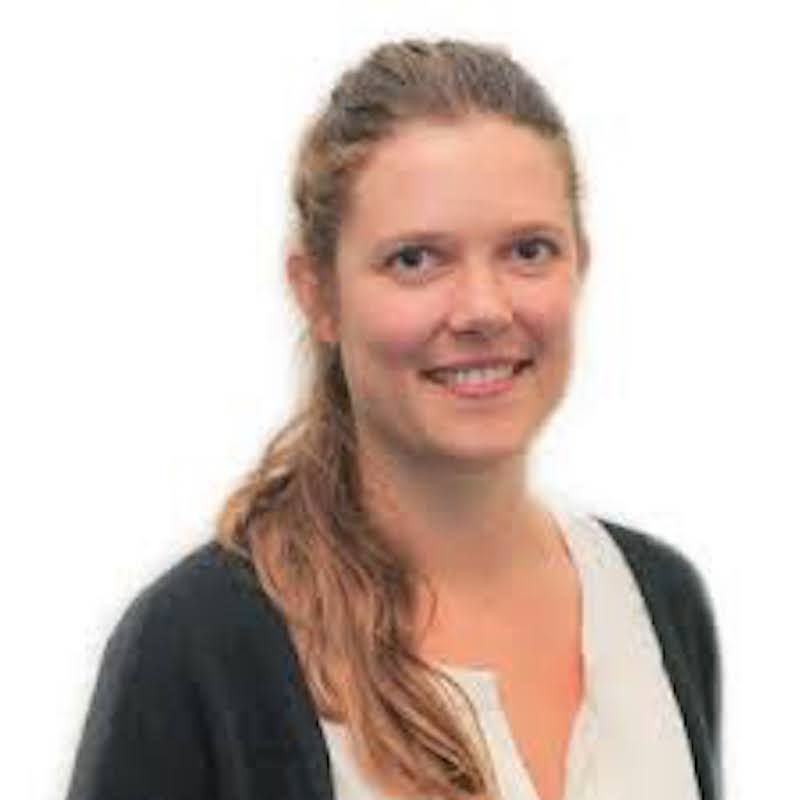Leslie Schoop, Princeton University, From Chemical Bonds to Topology

Zoom Details
Seminar
2:00 pm - 3:00 pm
https://ucsb.zoom.us/j/83074022508?pwd=ZXdJd1A2Nmk0ckpwZFF0ZlJBQk01QT09
Meeting ID: 830 7402 2508
Password: qfSeminar
Speaker
Leslie Schoop
Chemistry Department
Princeton University
Bio
Dr. Schoop received her Diploma in Chemistry from Johannes Gutenberg University (2010) and PhD in Chemistry from Princeton University (2015). She then went on to work as a Minerva fast-track fellow under Professor Bettina Lotsch at the Max Planck Institute for Solid State Research (2015-2017). Dr. Schoop joined the Princeton University Department of Chemistry Faculty in 2017. In 2019 she won the Beckman Young Investigator award and became a Moore foundation EPiQS Materials Synthesis Investigator. The Schoop Lab is working at the interface of chemistry and physics, using chemical principles to find new materials with exotic physical properties.
Abstract
In the discipline of chemistry, it is common to have guidelines and heuristics that help to predict how chemical reactions will proceed. We are interested to expand these heuristics to understand if we can predict topological materials. In this talk, I will show how delocalized chemical bonds in certain structural networks allow us to define chemical descriptors that predict band inversions. Using these descriptors, we found a layered, antiferromagnetic van der Waals material with very high mobility. These properties have previously not coexisted in a material that can be mechanically exfoliated. We further implemented our heuristics to discover novel complex topological phases, including magnetic ones, and phases that are in competition with complex structural distortions. I will show how structural distortions can have a positive effect on topological band structures.
If time allows, I will also briefly discuss the concept of chemical exfoliation. With this method, we can exfoliate materials for which the scotch tape method fails. I will show how we were able to synthesize a new chromium chalcogenide this way, which might be a new 2D magnetic material.